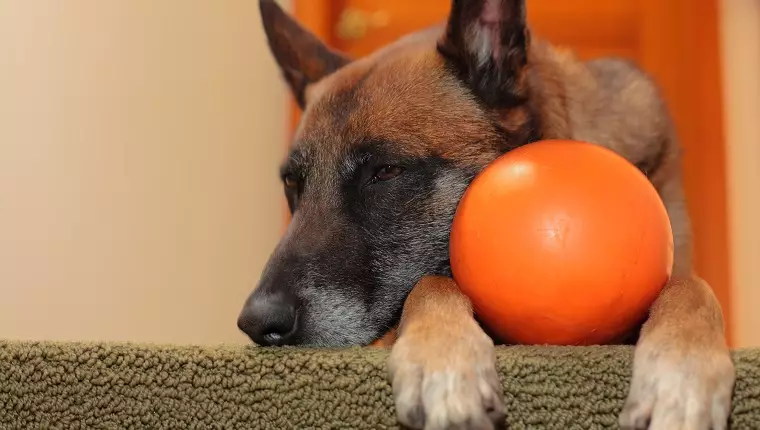As our loyal canines transition into their senior years, it’s crucial to adapt our care and routines to safeguard their well-being. The golden years bring various challenges, particularly concerning their mobility and overall health. While senior dogs may exhibit a slower pace compared to their younger selves, it does not diminish their need for physical activity. In fact, ensuring that they engage in appropriate exercise is vital to maintaining their mobility and preventing the onset of weight-related health issues. In this guide, we explore practical strategies to keep your elderly dog active and content.
Many pet owners mistakenly believe that their aging dogs’ lethargy is a natural progression of aging that should be accepted. However, maintaining a routine of moderate exercise can help mitigate numerous health risks associated with obesity, including heart disease and diabetes. It’s essential to foster both physical activity and mental stimulation, especially as these activities can significantly enhance the quality of life for senior dogs.
Before embarking on any exercise regimen, consultation with a veterinarian is imperative. A vet’s guidance will help you ascertain the appropriate level of physical exertion for your pet based on its particular health status. It’s important to recognize that comfort is key; if your dog exhibits signs of fatigue or discomfort, you should halt the activity and allow them to rest.
Inclement weather can pose additional challenges when trying to keep senior dogs active. Fortunately, there are numerous indoor exercises that can promote mobility and keep your dog engaged. Here are some effective activities that cater to older canines while ensuring their safety:
1. Puzzle Feeders: Engaging your dog’s mind is just as critical as physical activity. Puzzle feeders offer a dual benefit: they provide mental stimulation while promoting slower eating habits, which can contribute to weight management. Opt for designs that are easy to manipulate, ensuring they don’t exert excessive effort.
2. Gentle Indoor Fetch: The classic game of fetch can be adapted for indoor play. Use soft toys to prevent injuries when fetching. Consider using a carpeted area since it offers better traction. Shorter distances and gentle tosses are key, allowing your dog to move without straining their joints.
3. Tug-of-War with Care: A game of tug-of-war is not just a nostalgic pleasure; it can be physically beneficial as well. Choose a soft toy specifically designed for older pets, and remember to keep the interactions light and controlled to prevent any dental injuries. Also, allowing your dog to win occasionally fosters confidence and keeps the experience joyful.
4. Joint-Friendly Stretching: If your senior dog suffers from joint issues, you might want to incorporate gentle stretching into their routine. Consult a veterinary expert to guide you in appropriate stretches that encourage mobility without causing discomfort. Warmed-up joints can significantly ease your dog’s movement and alleviate stiffness.
Despite common sayings that imply older dogs are unwilling to learn new tricks, it’s essential to challenge this preconceived notion. Senior canines can indeed grasp new concepts with patience and positive reinforcement. Spend time engaging them in low-impact tricks or simple commands. Here are a few suggestions:
1. Hide and Seek: The “find it” game is perfect for stimulating your dog’s sense of smell and providing mild exercise. Hide treats around the house and encourage your dog to sniff them out. Keep the exercise low to the ground, ensuring your dog doesn’t strain itself with excessive movement.
2. Simple Commands and Tricks: Revisit basic commands or introduce simple new tricks that require limited movement, such as teaching your dog to balance treats on their nose. These activities nurture their cognitive functions while allowing for a sense of accomplishment.
Above all, it’s essential that your senior dog knows they are cherished throughout these activities. Keep training sessions brief to avoid overwhelming them and celebrate their efforts, whether they succeed in tasks or simply enjoy the motion. The focus should always remain on enhancing their quality of life—simple activities that bring joy are what truly matter.
Monitoring your senior dog’s reactions to different exercises can help you adjust routines to suit their needs better. By responding attentively to their wishes, you can ensure they remain active, engaged, and most importantly, happy.
Incorporating cleverly devised activities into your senior dog’s routine can be rewarding for both of you. Have you found any unique exercises there’s a special bond created during playtime with your senior pooch?

